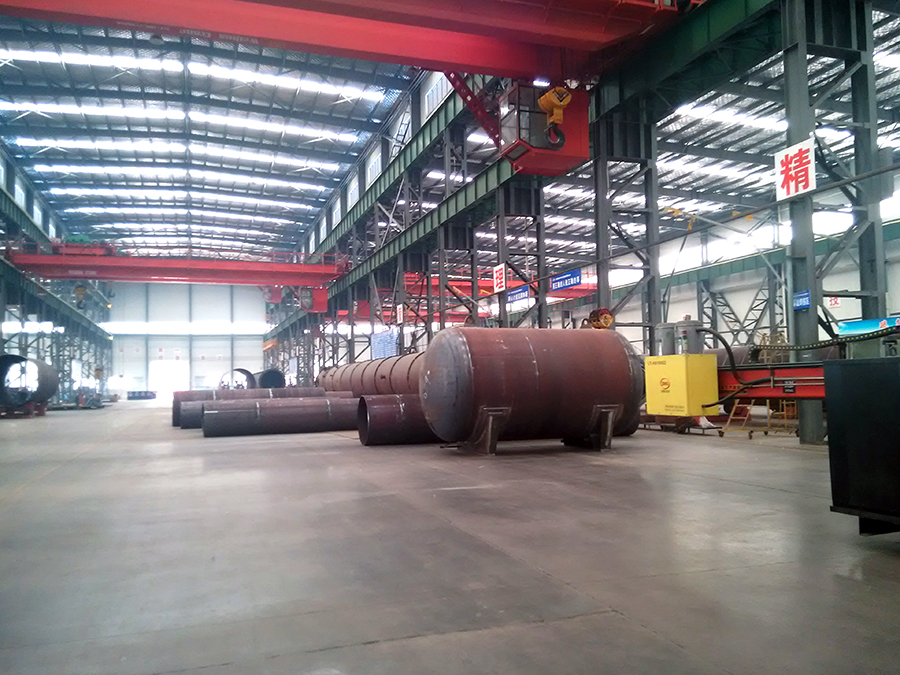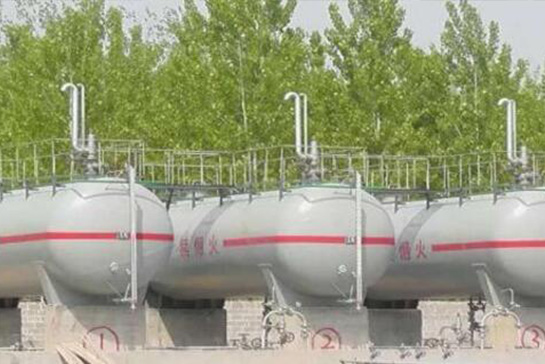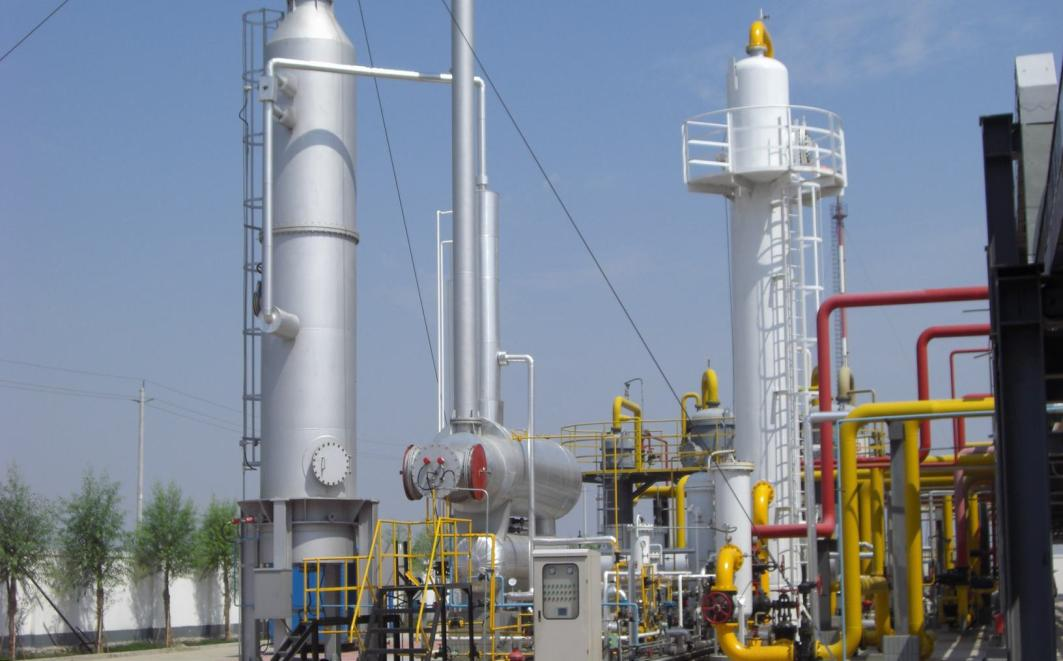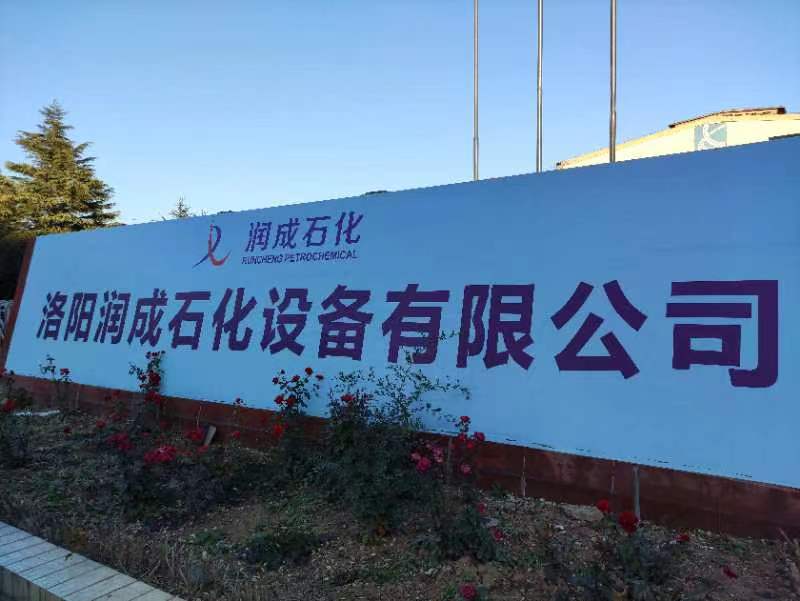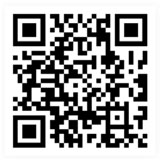Professional ASME- certifies Oil&Gas Equipments Supply

The most easily overlooked details in magnetic particle testing
- Categories:News
- Author:
- Origin:
- Time of issue:2023-12-07 11:11
- Views:
(Summary description)We know that magnetic particle testing is relatively simple compared to radiographic testing and ultrasonic testing, and the defects detected are relatively less harmful defects, so magnetic particle testing operators often ignore some details.
The most easily overlooked details in magnetic particle testing
(Summary description)We know that magnetic particle testing is relatively simple compared to radiographic testing and ultrasonic testing, and the defects detected are relatively less harmful defects, so magnetic particle testing operators often ignore some details.
- Categories:News
- Author:
- Origin:
- Time of issue:2023-12-07 11:11
- Views:

We know that magnetic particle testing is relatively simple compared to radiographic testing and ultrasonic testing, and the defects detected are relatively less harmful defects, so magnetic particle testing operators often ignore some details. However, as an inspector who controls product quality, he must have a high degree of professionalism, so every link must be carefully controlled. Based on years of experience in magnetic particle testing, Runcheng Petrochemical
Here are some things that are most easily overlooked by operators:
1. During testing, the current size is only guaranteed to be no less than 1050A (this value is based on the workpiece of the author's own unit, and the current size of other different workpieces must be different). It is not obtained through testing with standard test pieces. Optimum current. Solution: The defects of each workpiece are different, so the optimal current when detecting defects may be different. When we detect different types of workpieces, we should use standard test pieces to determine the optimal current and magnetization direction.
2. The black light intensity or white light intensity was not tested before the test, and the darkness of the darkroom was not measured. Testing specification requirements: The intensity of the black light at a distance of 380mm is ≥1000UW/cm2, and the visible illumination should not be greater than 20LX. At a suitable distance, the white light intensity is ≥1000LX, and the illuminance on the surface of the workpiece being inspected should not be less than 500LX. And these basic details are often overlooked.
3. The prepared magnetic suspension has not been subjected to a wetting performance test (water break test).
Solution: The prepared magnetic suspension should be tested for wetting performance before each test. The test method is to apply the hydromagnetic suspension on the surface of the workpiece. If the magnetic suspension is poured continuously and is connected to the entire workpiece surface, it indicates that the wetting performance is good; if the hydromagnetic suspension film on the surface of the workpiece is disconnected, If the workpiece has an exposed surface (i.e. water-broken surface), it indicates that the wetting performance of the hydromagnetic suspension is unqualified. At this time, wetting agent should be added or the surface of the workpiece should be cleaned to achieve complete wetting.
4. The concentration preparation of the magnetic suspension is unreasonable. The author found in my work that some personnel are not very sensitive to the concentration of magnetic suspension. Although defects can be detected at unreasonable concentrations, the concentrations required by the testing specifications are the optimal concentrations, and the defect detection rate is correspondingly low. will improve.
Solution: The magnetic suspension concentration should be configured as required. The standard magnetic suspension concentration should be:
Fluorescent magnetic powder: 0.1-0.4mL/100mL
Non-fluorescent magnetic powder: 1.2-1.4 mL/100mL
5. Influence of detection personnel. Some operators wear myopia glasses, which affects their ability to detect defects; some operators do not wear protective glasses.
Solution: Currently, the myopia glasses worn by people are generally photosensitive lenses. These glasses will darken when exposed to black light radiation. The degree of darkening is proportional to the incident amount of radiation, which affects the observation and identification of magnetic traces of fluorescent magnetic powder. Therefore, this This type of glasses is not allowed to be used during testing. Since ultraviolet rays are not allowed to enter human eyes directly or indirectly, to avoid exposing human eyes to ultraviolet radiation, inspectors should wear ultraviolet-absorbing goggles, which can block ultraviolet rays and most violet and blue light. However, it is necessary to ensure that the goggles cannot reduce the detection ability of yellow-green fluorescent magnetic particles. Wearing goggles is also a protective measure for inspection personnel.
6. Carry out standard partitions on the workpiece. According to the standard requirements, it is an area of 150mm×150mm. However, some partitions are too different and the overlap during magnetization is less than 25%.
Solution: The partition should be as close as possible to 150mm×150mm, because the minimum distance between contacts must not be less than 75 mm. This is because the current density within 25mm near the contacts is too large, which will produce excessive background and may obscure the relevant display. The contact spacing should not be too large, because too large a spacing will weaken the magnetic field and affect the display of defects.
Luoyang Runcheng has multiple magnetic particle testing equipment and professional magnetic particle testing personnel. We always insist on starting from the details to ensure quality and quantity.
If you need more information about Luoyang Runcheng magnetic particle testing, please feel free to contact us.
Scan the QR code to read on your phone
The most easily overlooked details in magnetic particle testing
- Categories:News
- Author:
- Origin:
- Time of issue:2023-12-07
- Views:
(Summary description)We know that magnetic particle testing is relatively simple compared to radiographic testing and ultrasonic testing, and the defects detected are relatively less harmful defects, so magnetic particle testing operators often ignore some details.
The most easily overlooked details in magnetic particle testing
(Summary description)We know that magnetic particle testing is relatively simple compared to radiographic testing and ultrasonic testing, and the defects detected are relatively less harmful defects, so magnetic particle testing operators often ignore some details.
- Categories:News
- Author:
- Origin:
- Time of issue:2023-12-07 11:11
- Views:

We know that magnetic particle testing is relatively simple compared to radiographic testing and ultrasonic testing, and the defects detected are relatively less harmful defects, so magnetic particle testing operators often ignore some details. However, as an inspector who controls product quality, he must have a high degree of professionalism, so every link must be carefully controlled. Based on years of experience in magnetic particle testing, Runcheng Petrochemical
Here are some things that are most easily overlooked by operators:
1. During testing, the current size is only guaranteed to be no less than 1050A (this value is based on the workpiece of the author's own unit, and the current size of other different workpieces must be different). It is not obtained through testing with standard test pieces. Optimum current. Solution: The defects of each workpiece are different, so the optimal current when detecting defects may be different. When we detect different types of workpieces, we should use standard test pieces to determine the optimal current and magnetization direction.
2. The black light intensity or white light intensity was not tested before the test, and the darkness of the darkroom was not measured. Testing specification requirements: The intensity of the black light at a distance of 380mm is ≥1000UW/cm2, and the visible illumination should not be greater than 20LX. At a suitable distance, the white light intensity is ≥1000LX, and the illuminance on the surface of the workpiece being inspected should not be less than 500LX. And these basic details are often overlooked.
3. The prepared magnetic suspension has not been subjected to a wetting performance test (water break test).
Solution: The prepared magnetic suspension should be tested for wetting performance before each test. The test method is to apply the hydromagnetic suspension on the surface of the workpiece. If the magnetic suspension is poured continuously and is connected to the entire workpiece surface, it indicates that the wetting performance is good; if the hydromagnetic suspension film on the surface of the workpiece is disconnected, If the workpiece has an exposed surface (i.e. water-broken surface), it indicates that the wetting performance of the hydromagnetic suspension is unqualified. At this time, wetting agent should be added or the surface of the workpiece should be cleaned to achieve complete wetting.
4. The concentration preparation of the magnetic suspension is unreasonable. The author found in my work that some personnel are not very sensitive to the concentration of magnetic suspension. Although defects can be detected at unreasonable concentrations, the concentrations required by the testing specifications are the optimal concentrations, and the defect detection rate is correspondingly low. will improve.
Solution: The magnetic suspension concentration should be configured as required. The standard magnetic suspension concentration should be:
Fluorescent magnetic powder: 0.1-0.4mL/100mL
Non-fluorescent magnetic powder: 1.2-1.4 mL/100mL
5. Influence of detection personnel. Some operators wear myopia glasses, which affects their ability to detect defects; some operators do not wear protective glasses.
Solution: Currently, the myopia glasses worn by people are generally photosensitive lenses. These glasses will darken when exposed to black light radiation. The degree of darkening is proportional to the incident amount of radiation, which affects the observation and identification of magnetic traces of fluorescent magnetic powder. Therefore, this This type of glasses is not allowed to be used during testing. Since ultraviolet rays are not allowed to enter human eyes directly or indirectly, to avoid exposing human eyes to ultraviolet radiation, inspectors should wear ultraviolet-absorbing goggles, which can block ultraviolet rays and most violet and blue light. However, it is necessary to ensure that the goggles cannot reduce the detection ability of yellow-green fluorescent magnetic particles. Wearing goggles is also a protective measure for inspection personnel.
6. Carry out standard partitions on the workpiece. According to the standard requirements, it is an area of 150mm×150mm. However, some partitions are too different and the overlap during magnetization is less than 25%.
Solution: The partition should be as close as possible to 150mm×150mm, because the minimum distance between contacts must not be less than 75 mm. This is because the current density within 25mm near the contacts is too large, which will produce excessive background and may obscure the relevant display. The contact spacing should not be too large, because too large a spacing will weaken the magnetic field and affect the display of defects.
Luoyang Runcheng has multiple magnetic particle testing equipment and professional magnetic particle testing personnel. We always insist on starting from the details to ensure quality and quantity.
If you need more information about Luoyang Runcheng magnetic particle testing, please feel free to contact us.
Related News
-
Luoyang Runcheng Expands Production Capacities with State-of-the-Art Factory
Luoyang Runcheng Expands Production Capacities with State-of-the-Art Factory - The most easily overlooked details in magnetic particle testing 12-07
- Operating specifications for installation and activation of LRC three-phase separation metering device 12-05
- Automatic water replenishment combustion tank delivery 12-02
- Three-phase separator delivery 11-30
PRODUCTS
CONTACT US

Tel:+86-18337966423

Email:sales@lrcoilequipment.com

Add:No. 1, Weiliu Road, Luoyang City, Henan, P.R.C.








